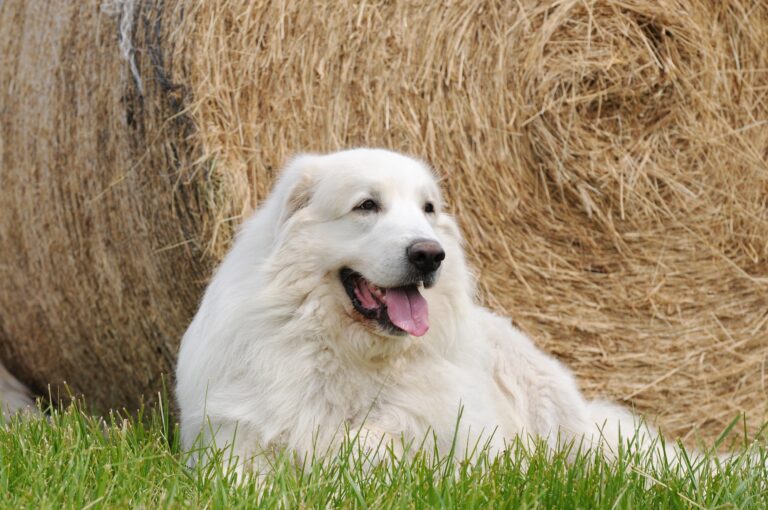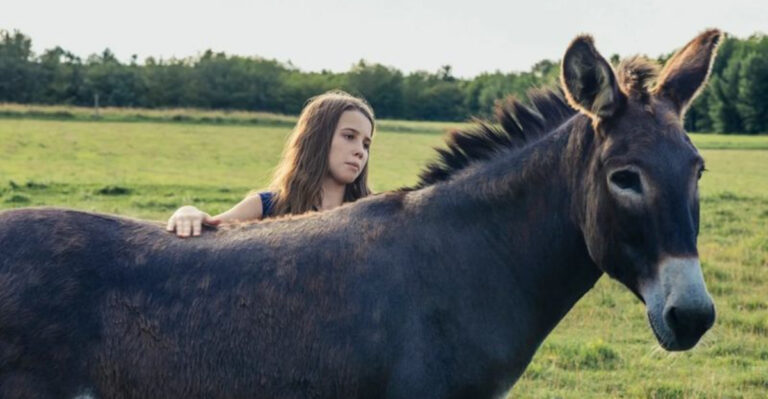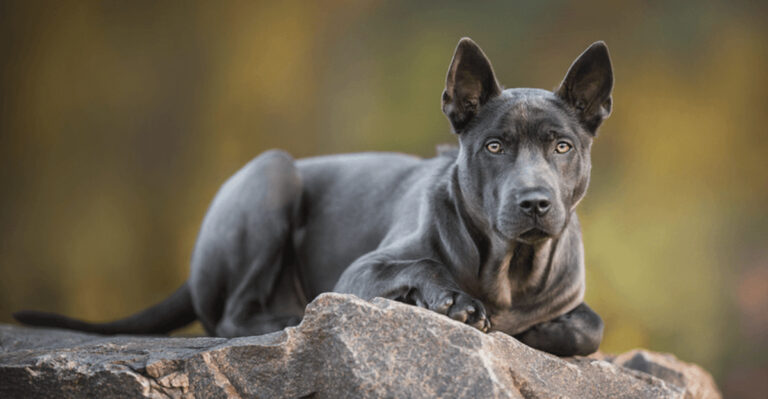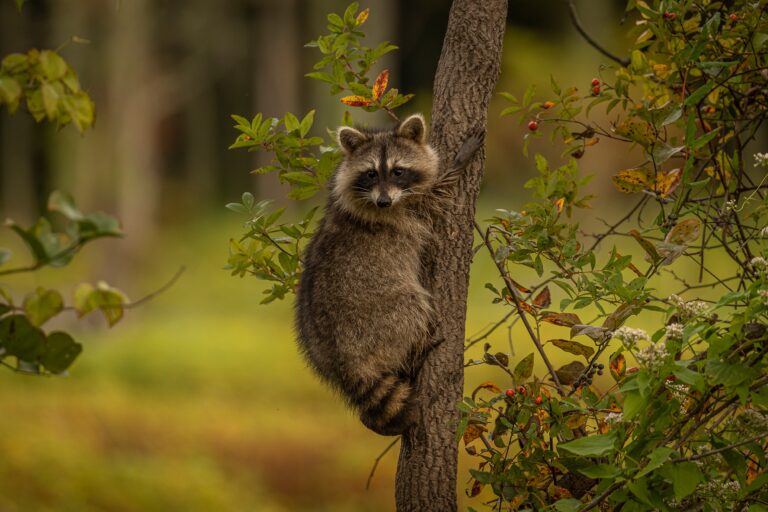The Challenges Otters Face In Today’s World
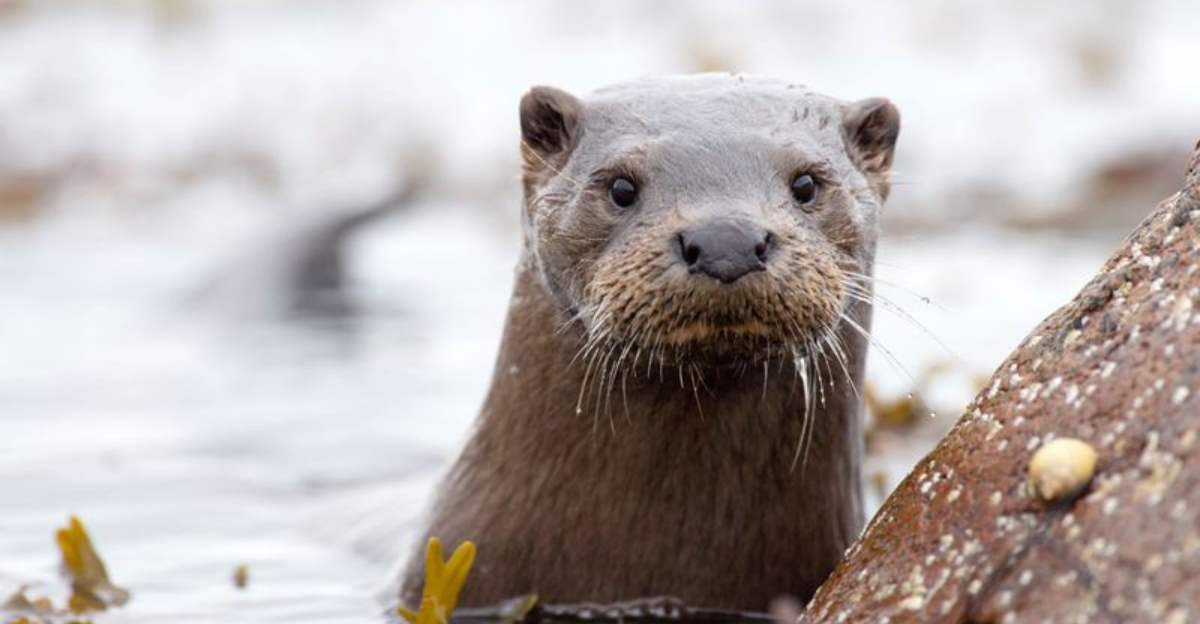
Slipping through rivers with playful grace, otters captivate our hearts with their fuzzy faces and pebble-juggling antics. Yet behind those adorable whiskers lies a struggle for survival in our rapidly changing world.
These charismatic swimmers face mounting threats that endanger their future across every continent they call home.
1. Shrinking Waterways
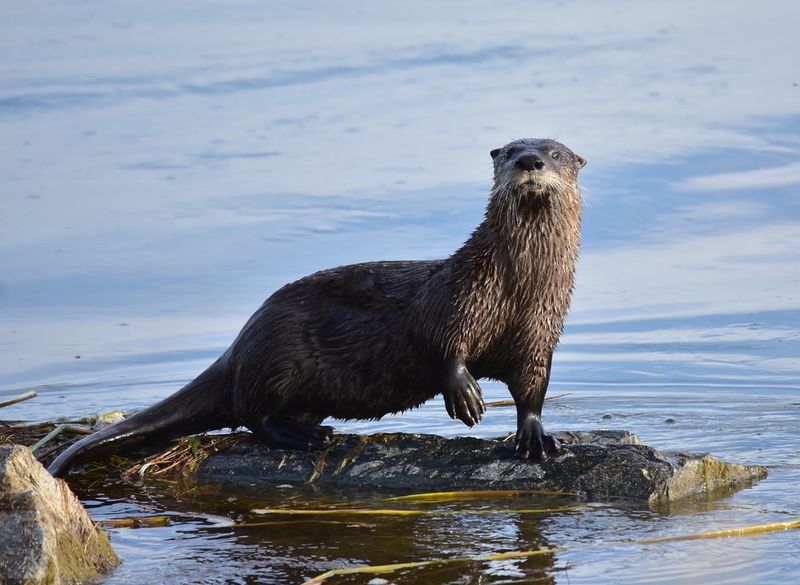
Crystal-clear streams once teemed with otter families, but drought and water diversion have left many high and dry. Rivers that flowed year-round now seasonally disappear, forcing otters to make dangerous overland journeys.
Climate change accelerates this problem, with rainfall patterns shifting dramatically in key otter habitats. Without reliable waterways, these aquatic mammals struggle to find food and raise their pups safely.
2. Chemical Contamination
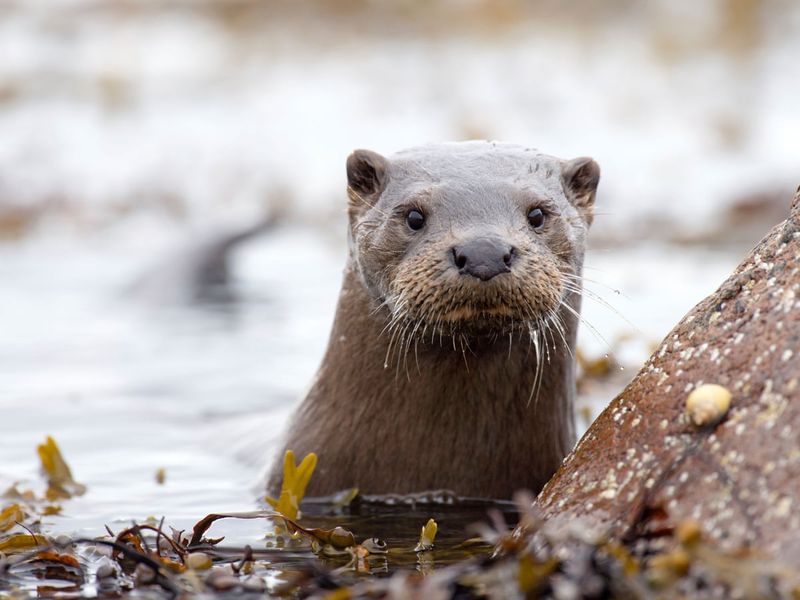
Agricultural runoff and industrial chemicals accumulate in fish, then concentrate in otter tissues at dangerous levels.
PCBs and mercury cause particular harm, weakening immune systems and affecting reproduction. A UK study found that some otter populations carry toxic loads that would qualify their bodies as hazardous waste under environmental regulations!
3. Fishing Net Entanglement
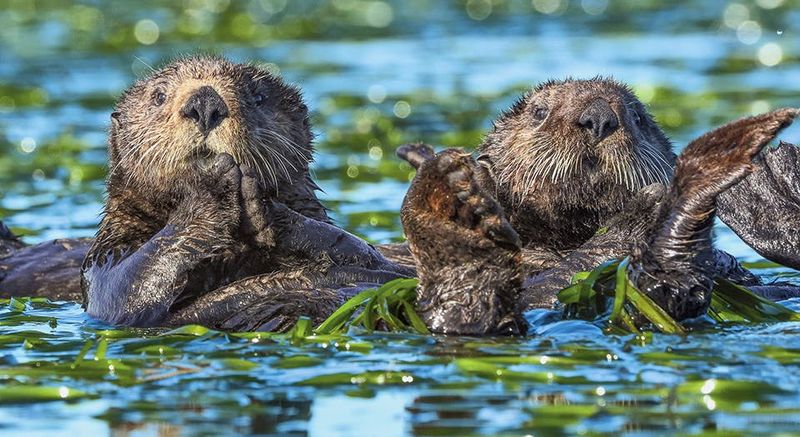
Curious by nature, otters investigate abandoned fishing gear with devastating consequences. Their slender bodies easily slip into nets but struggle to escape, often leading to exhaustion and drowning.
Ghost nets – fishing equipment lost or abandoned at sea – become underwater traps that pose a threat for decades. Sea otters are especially vulnerable to crab pot entanglements, with their inquisitive paws getting caught in the openings.
4. Roadway Mortality
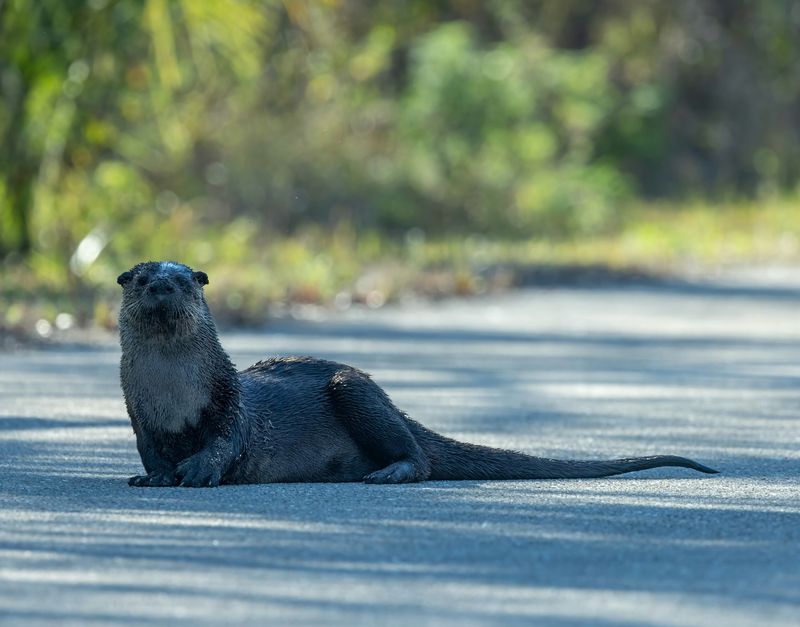
Splash! An otter family crosses beneath a bridge but finds concrete walls blocking their path along the bank. Forced onto the road above, they face speeding traffic with tragic results.
Busy highways now cut through otter habitats, making daily movements risky and often fatal. Wildlife crossings offer hope, but many waterways still lack safe passages, turning routine patrols into dangerous journeys.
5. Habitat Fragmentation
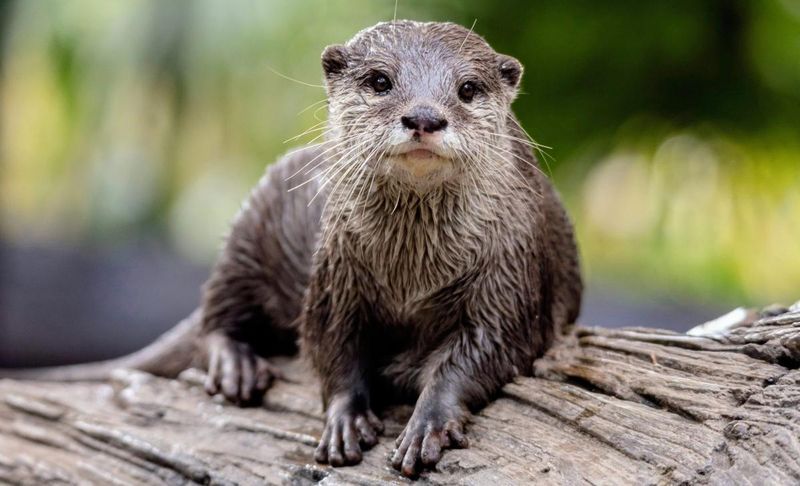
Imagine swimming five miles to find a mate, only to encounter impassable dams and concrete channels. For otters, this nightmare is reality as human development slices their habitat into disconnected segments.
River otters need continuous waterways to maintain genetic diversity and find new territories. Hydroelectric projects, channelization, and shoreline development create barriers that isolate populations, leading to inbreeding and local extinctions.
6. Competition With Fisheries
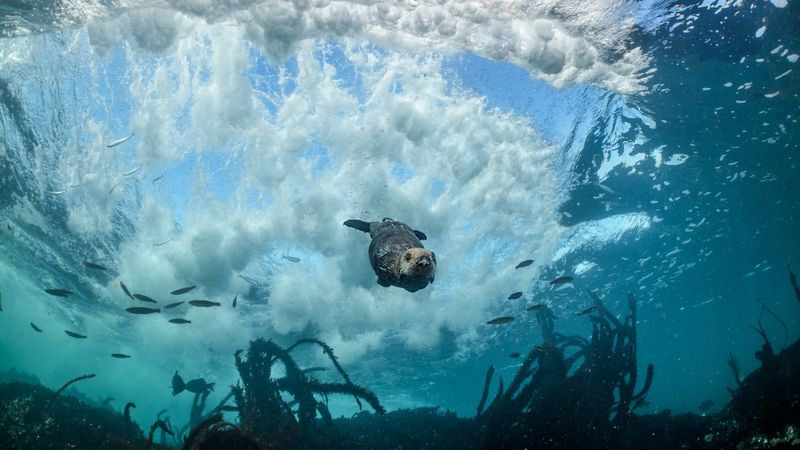
Fish vanish from nets, and angry fingers point at otters. These skilled hunters become scapegoats for declining fish stocks, facing persecution from those who see them as competition.
Reality paints a different picture – otters typically target abundant species rather than prized catches. Still, this perception leads to illegal killing in many regions where commercial fishing and otter territories overlap, especially with dwindling fish populations.
7. Illegal Pet Trade
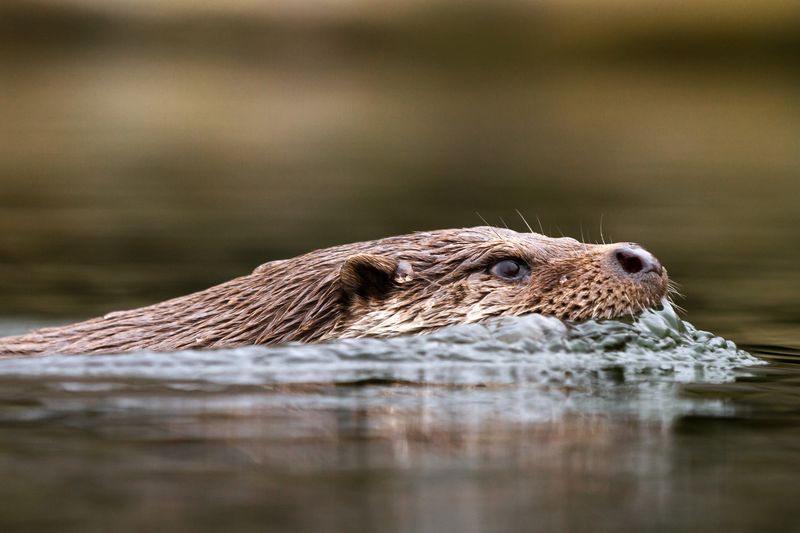
Viral videos of hand-holding sea otters and pet Asian small-clawed otters cuddling on couches fuel a dangerous desire. Suddenly, everyone wants an otter companion, driving a black market that devastates wild populations.
Baby otters sold into the pet trade often come from mothers killed by poachers. Surviving pups face miserable lives as pets, developing health problems and destructive behaviors their unprepared owners can’t handle.
8. Climate Change Impacts
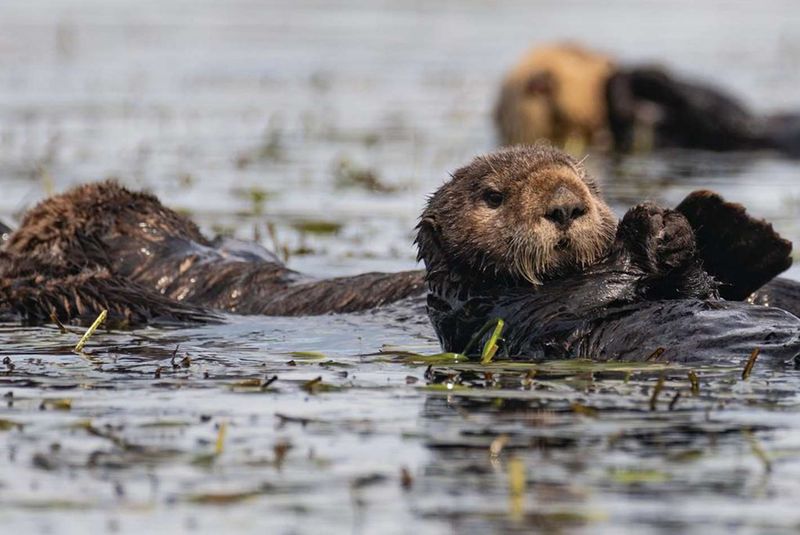
Sea ice vanishes beneath sea otters’ paws in northern regions, while extreme weather events flood or dry out river otter dens elsewhere. Climate change reshapes otter habitats faster than they can adapt.
Rising sea levels threaten coastal sanctuaries, while warming waters alter fish populations these predators depend on. For species already struggling with other threats, these rapid environmental shifts could be the final straw.
9. Disease Vulnerability

Mysterious seizures grip an otter colony as a new pathogen spreads through their ranks. With immune systems compromised by pollution and stress, disease outbreaks hit harder than ever before.
Canine distemper virus has devastated some populations, while parasites like Toxoplasma gondii cause neurological damage. Human encroachment brings new disease vectors into contact with otters, while climate change expands the range of others.
10. Plastic Pollution Perils
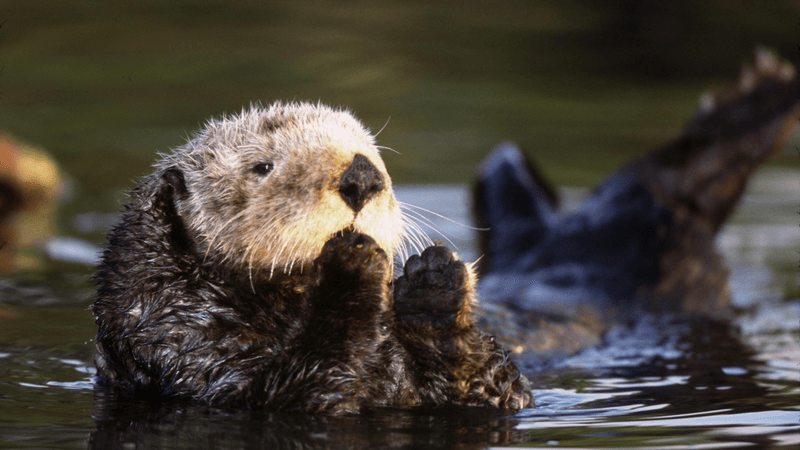
Mistaking floating trash for food, otters ingest plastic with devastating consequences. Their digestive systems can’t process these synthetic materials, leading to blockages and starvation.
Microplastics contaminate their food chain, accumulating in fish before transferring to otters. Even their dense fur isn’t safe – plastic fishing line and six-pack rings entangle and cut into their bodies, causing infections and restricting movement.
11. Human Recreational Disturbance
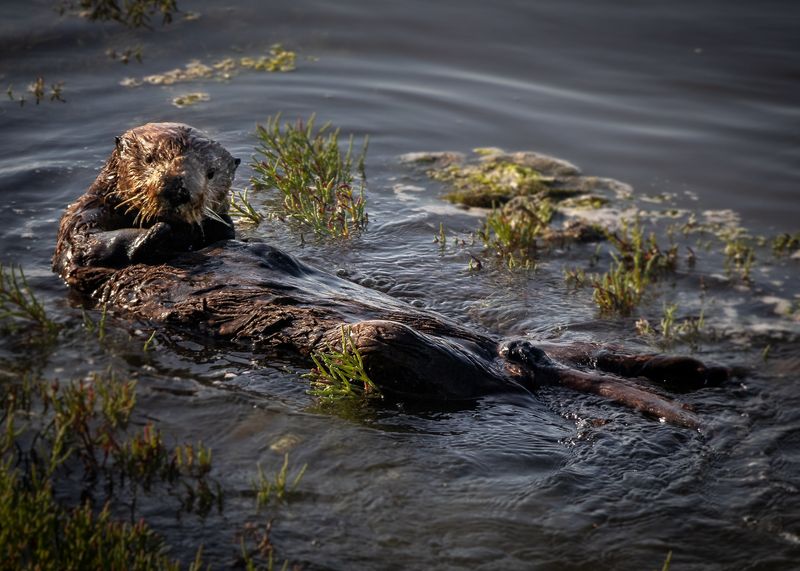
Weekend warriors on jet skis zoom past hidden otter dens, unaware of the panic they cause. Mothers abandon pups when repeatedly disturbed, while feeding grounds become too chaotic for successful hunting.
Kayakers, boaters, and shoreline hikers can unintentionally drive otters from prime habitats. Sea otters face particular stress from wildlife viewing boats that approach too closely, disrupting crucial resting and feeding behaviors.
12. Invasive Species Threats
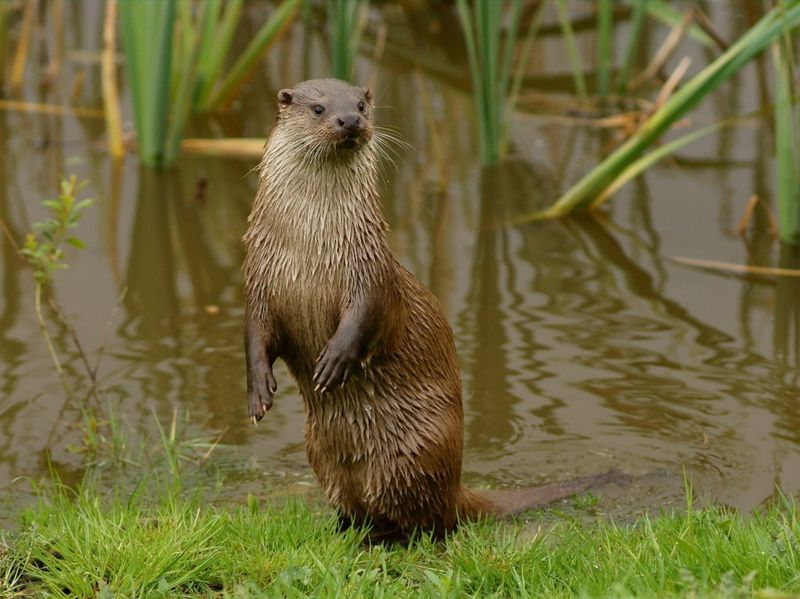
American mink – escaped from fur farms – outcompete smaller European otters for food and territory. These aggressive invaders represent just one of many non-native species disrupting otter ecosystems worldwide.
Invasive crayfish spread diseases while outcompeting native species otters evolved to hunt. Meanwhile, non-native plants alter riverbanks and reduce denning opportunities. These biological invasions compound other challenges, further squeezing otter populations.
13. Traditional Medicine Demand
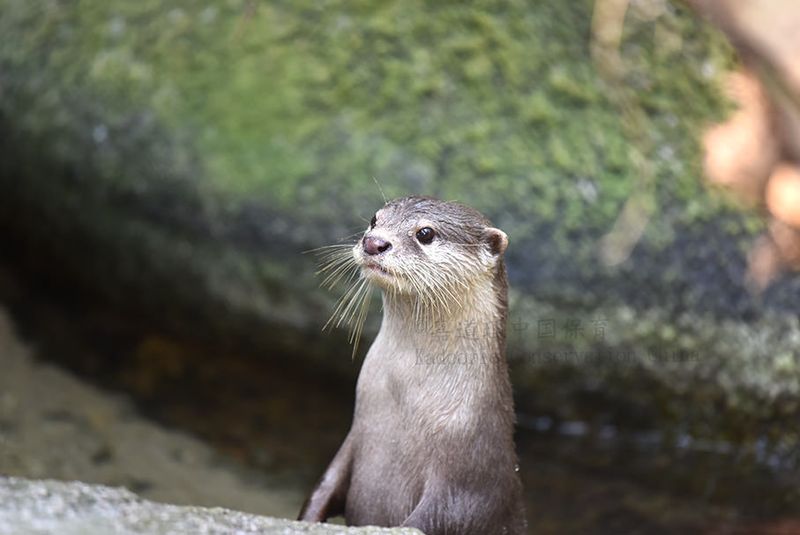
Smooth otter pelts vanish into black markets, destined for traditional medicine shops where their organs command high prices. Despite international protection, poaching continues to decimate Asian otter species.
Body parts from otters feature in remedies without scientific merit, while their fur becomes luxury items. Conservation efforts struggle against this lucrative trade, with enforcement challenges compounded by corruption and poverty in key otter habitats.
14. Limited Public Awareness
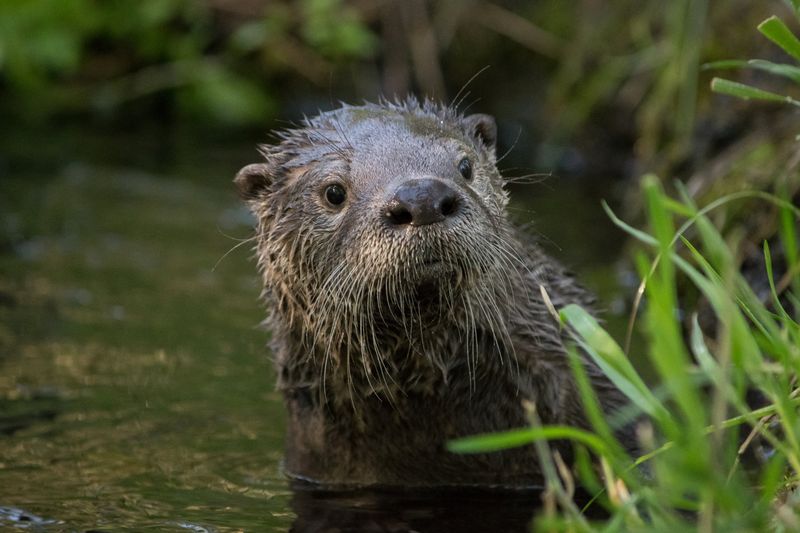
Fluffy sea otters grab headlines while their freshwater cousins disappear in silence. Many people remain unaware that otters live in their local waterways, let alone understand the threats these animals face.
Conservation funding follows charismatic species, leaving less photogenic otter species understudied and underprotected. This knowledge gap hampers protection efforts for the twelve otter species worldwide, many of which receive little public attention despite declining numbers.

